Introduction
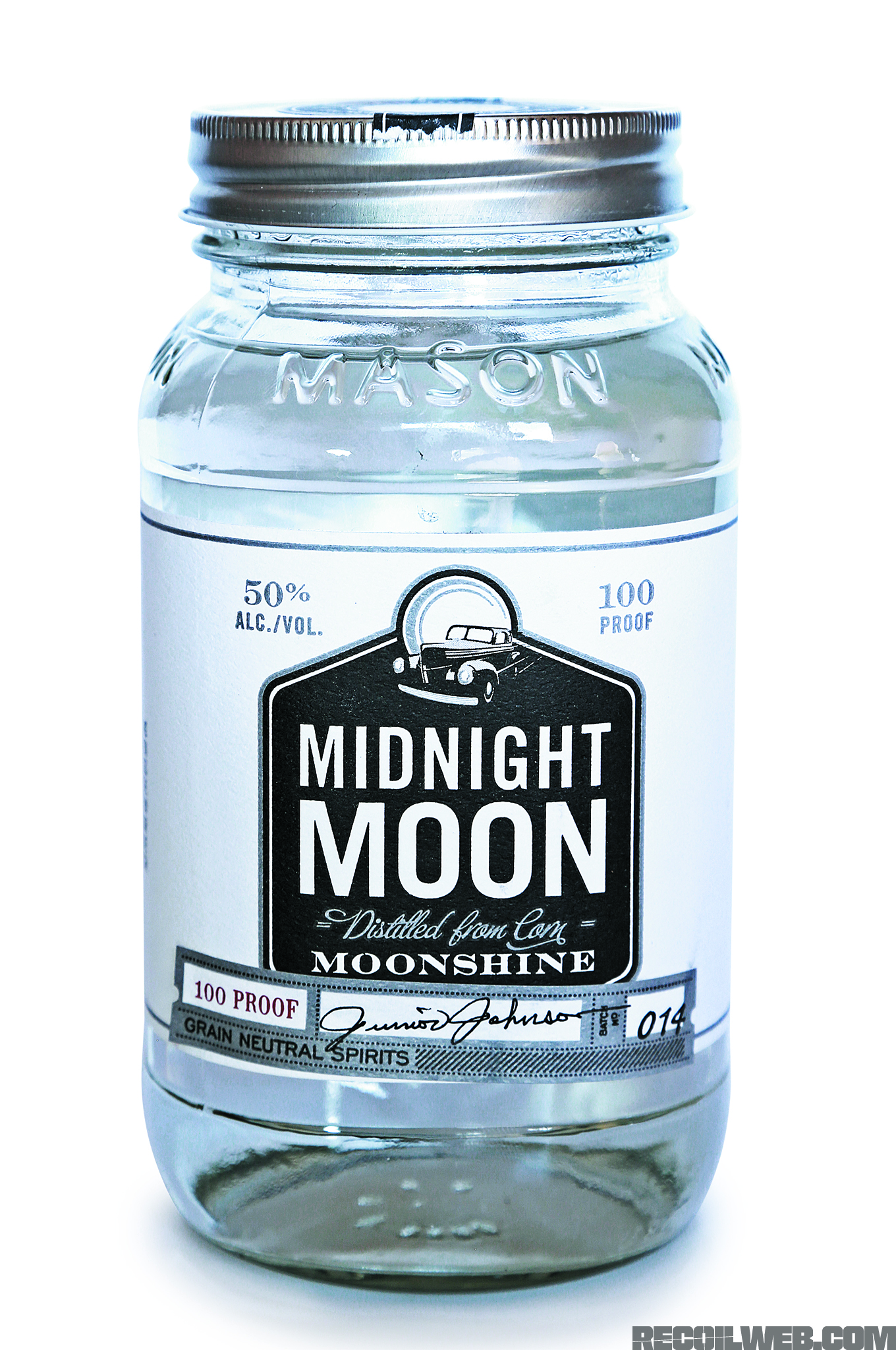
Moonshine, the illicitly made distilled spirit, holds a captivating history and allure. From its origins in the Appalachian region of the United States to its prominence in bootlegging during the Prohibition era, moonshine has ingrained itself in American culture. One of the most intriguing aspects of moonshine is its varying alcohol content. This article aims to delve into the potency of moonshine, exploring the distillation process, traditional recipes, methods of measuring alcohol percentage, legal regulations, and safety considerations. By understanding the alcohol content in moonshine, one can truly appreciate the unique nature and cultural significance of this potent spirit.
The Fascinating History Of Moonshine
Moonshine has a rich and fascinating history deeply rooted in American culture. It originated in the Appalachian region of the United States during the 18th century. Moonshiners, known as “shiners,” produced distilled spirits in secret to evade government taxes and regulations. The term “moonshine” came from the practice of distilling under the light of the moon to avoid detection. Moonshine gained prominence during the Prohibition era when the sale, production, and distribution of alcoholic beverages were banned. It became a lucrative business for bootleggers, who supplied the demand for illicit liquor. Today, moonshine continues to be a part of American folklore and a symbol of rebellion against authority.
Understanding The Alcohol Content In Moonshine
Moonshine is known for its high alcohol content, but it can vary widely depending on the distillation process and ingredients used. The alcohol percentage in moonshine typically ranges from 40% to 95%, or even higher in some cases. The potency of moonshine is measured in proof, which is double the alcohol percentage. For example, a moonshine with 50% alcohol content would be considered 100 proof. It is important to understand the alcohol content in moonshine to ensure responsible consumption and to appreciate its strength and flavor.
The Distillation Process
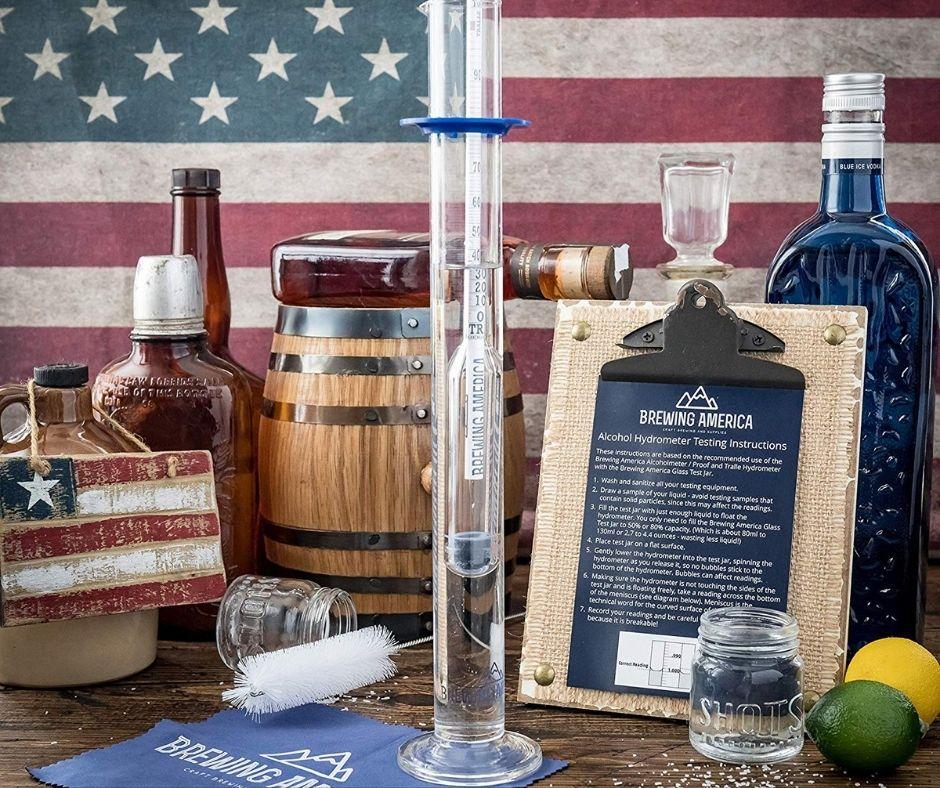
The distillation process is a crucial step in producing moonshine. It involves heating the fermented mixture in a still to separate the alcohol from other substances. The process works on the principle that alcohol has a lower boiling point than water. As the mixture is heated, the alcohol vaporizes and rises into the still’s condensing apparatus, where it cools and condenses back into liquid form. This separates the alcohol from impurities, resulting in a higher alcohol content. Multiple distillations can further increase the potency of the moonshine.
Exploring The Art Of Distilling Moonshine
The process of distilling moonshine is an art form that has been passed down through generations. It requires skill, knowledge, and attention to detail. Distillers carefully select the ingredients and meticulously monitor the temperature and timing throughout the distillation process. They often use traditional copper stills, which are known for their ability to produce high-quality moonshine. The art of distilling moonshine involves a delicate balance of science and craftsmanship, resulting in a smooth and potent spirit. It is a practice that requires patience and dedication to produce the finest moonshine.
Factors Affecting The Alcohol Percentage In Moonshine
There are several factors that can affect the alcohol percentage in moonshine. These factors include:
- Fermentation process: The type of yeast used, the temperature during fermentation, and the length of fermentation can all impact the alcohol content.
- Distillation method: The type of still used, the efficiency of the distillation process, and the number of distillation runs can affect the alcohol concentration.
- Ingredients: The amount and quality of ingredients used, such as the type of grains or fruits, can influence the alcohol content.
- Aging: The length of time the moonshine is aged can contribute to the overall alcohol percentage.
- Dilution: Some moonshiners dilute their product with water to reduce the alcohol content, while others prefer to keep it high.
It is important for moonshine distillers to carefully control these variables to achieve the desired alcohol percentage in their moonshine.
Traditional Moonshine Recipes
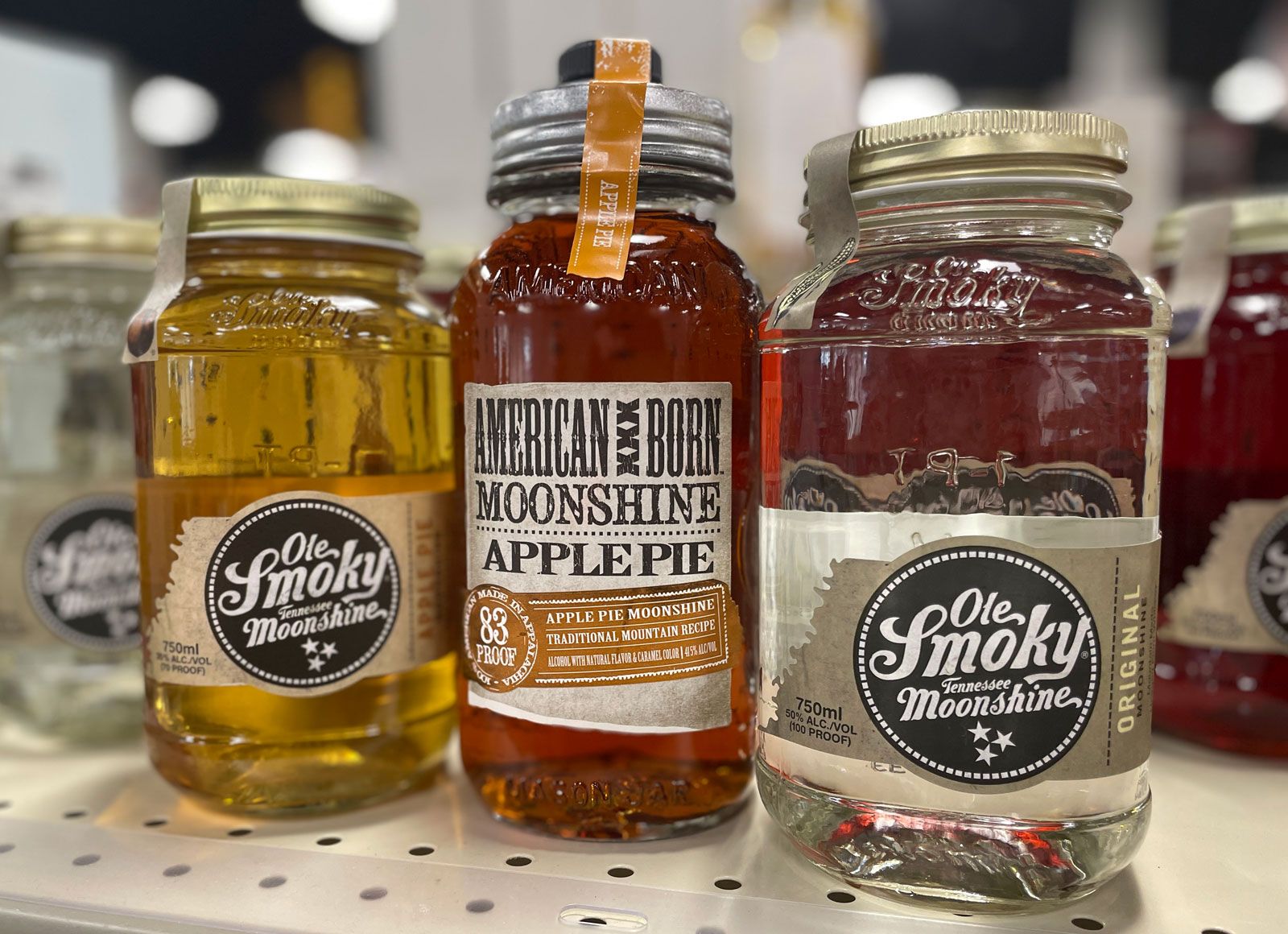
Traditional Moonshine Recipes have been passed down through generations, each with its own distinct flavor and potency. One popular recipe is the corn-based moonshine, known for its rich and robust taste. Another traditional recipe involves using fruits like apples or peaches, creating a fruity and aromatic moonshine. Moonshine variations can also be found in different regions, such as the Appalachian region’s famous “apple pie” moonshine made with cinnamon and apple cider. These recipes often require careful attention to ingredient ratios and fermentation processes to achieve the desired alcohol content and flavor profile.
Popular Moonshine Recipes And Their Alcohol Content
Moonshine recipes have been passed down through generations, each with its own distinct flavor and potency. One popular recipe is the corn-based moonshine, known for its rich and robust taste. It typically has an alcohol content ranging from 40% to 60%. Another traditional recipe involves using fruits like apples or peaches, creating a fruity and aromatic moonshine with an alcohol content of about 30% to 40%. Moonshine variations can also be found in different regions, such as the Appalachian region’s famous “apple pie” moonshine made with cinnamon and apple cider. These recipes often require careful attention to ingredient ratios and fermentation processes to achieve the desired alcohol content and flavor profile.
Moonshine Variations From Different Regions
Moonshine variations from different regions showcase the diversity and regional flavors of this illicit spirit. In the Appalachian region of the United States, the famous “apple pie” moonshine is a favorite, made with cinnamon and apple cider. In the Southern states, peach moonshine is popular, utilizing the abundance of fresh peaches in the region. In other parts of the world, like Scotland, moonshine takes the form of “uisge beatha,” a Gaelic term meaning “water of life,” and is distilled from malted barley. Each region adds its own unique twist to moonshine, creating distinct flavors that reflect local culture and ingredients.
Measuring Alcohol Percentage
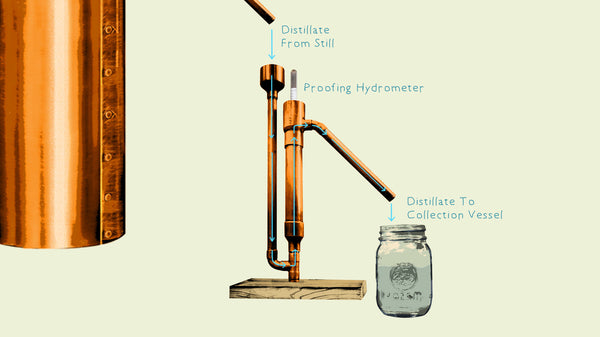
When it comes to measuring the alcohol percentage in moonshine, there are several methods available. One common method is by using alcohol hydrometers, which are specifically designed to measure the specific gravity of a liquid and determine its alcohol content. Another tool that can be used is a proofing hydrometer, which measures the proof of the moonshine. This method calculates the alcohol content by measuring the density of the liquid. Additionally, there are also portable alcohol testing kits available that use chemical reactions to determine the alcohol percentage. These methods provide an accurate measurement of the alcohol content in moonshine, allowing users to know its potency.
Methods To Determine The Strength Of Moonshine
There are several methods available to determine the strength of moonshine. One common method is by using alcohol hydrometers, which are specifically designed to measure the specific gravity of a liquid and determine its alcohol content. Another tool that can be used is a proofing hydrometer, which measures the proof of the moonshine. This method calculates the alcohol content by measuring the density of the liquid. Additionally, there are portable alcohol testing kits available that use chemical reactions to determine the alcohol percentage. These methods provide an accurate measurement of the alcohol content in moonshine, allowing users to know its potency.
Using Alcohol Hydrometers And Proofing Tools
One of the most popular methods to determine the strength of moonshine is by using alcohol hydrometers and proofing tools. Alcohol hydrometers are specifically designed instruments that measure the specific gravity of a liquid, allowing you to calculate its alcohol content. Proofing tools, such as proofing parrots or borosilicate glass test jars, are also commonly used to measure the proof of moonshine. By using these tools, producers and consumers can ensure the accuracy of the alcohol percentage in moonshine, allowing for safe and enjoyable consumption.
Legal Regulations And Safety Considerations

When it comes to producing and consuming moonshine, there are legal regulations and safety considerations that must be taken into account. In many countries, the production of moonshine is illegal if not properly licensed. This is due to the potential risks involved in producing alcohol without proper regulation and oversight. Additionally, consuming homemade moonshine can be risky as it may contain impurities or be made with methods that are not safe. It is important to always ensure that moonshine is produced and consumed responsibly and within the confines of the law.
The Legality Of Producing And Consuming Moonshine
Producing and consuming moonshine can be a legal gray area in many countries. In some places, the production of moonshine without the proper licenses and permits is illegal due to safety concerns and the potential for tax evasion. However, it’s important to note that there are also countries and regions where making small quantities of moonshine for personal use is allowed. Additionally, the regulations surrounding moonshine production vary greatly from place to place, with some regions having strict regulations and others having more lenient laws. It is crucial to research and understand the specific legalities and regulations in your area before attempting to produce or consume moonshine.
Ensuring Safety In The Production And Consumption Of Moonshine
Safety is paramount when it comes to the production and consumption of moonshine. Due to its high alcohol content and the risks associated with homemade distillation, proper precautions must be taken. Here are some essential steps to ensure safety:
- Equipment: Use high-quality, food-grade materials and equipment specifically designed for distillation to minimize the risk of contamination.
- Ventilation: Adequate ventilation is crucial to prevent the buildup of harmful gases during the distillation process. Always operate in a well-ventilated area or use proper ventilation systems.
- Hygiene: Maintain strict hygiene standards to prevent bacterial contamination. Clean all equipment thoroughly before and after use.
- Dilution: It is important to dilute moonshine to a safe drinking strength. Testing the alcohol percentage using hydrometers or proofing tools can help determine the appropriate dilution.
- Responsible consumption: Moonshine is highly potent, so it is crucial to consume it responsibly. Know your limits and avoid excessive consumption to prevent alcohol-related health risks.
By following these safety measures, individuals can minimize the risks associated with producing and consuming moonshine and enjoy it responsibly.
Conclusion
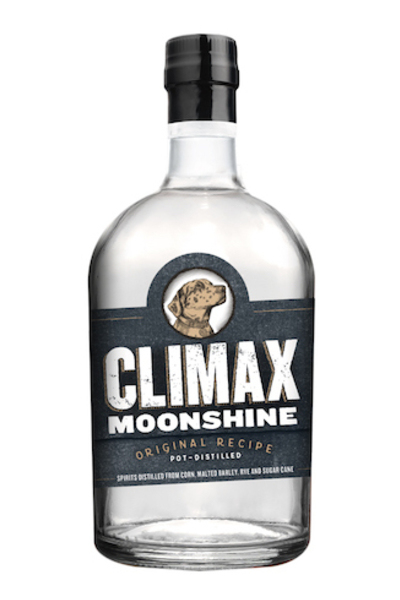
In conclusion, moonshine is a powerful spirit known for its high alcohol content. With percentages reaching as high as 95%, moonshine is significantly stronger than most other types of liquor. It is crucial to exercise caution when consuming moonshine and to be aware of the potential health risks associated with its high alcohol content. Whether enjoyed in traditional recipes or variations from different regions, moonshine holds a unique place in the world of spirits. Appreciating its potency while adhering to legal regulations and safety considerations allows individuals to safely enjoy the rich culture surrounding moonshine.
The Varying Alcohol Content In Moonshine
Moonshine is known for its varying alcohol content, which can range from 40% ABV (alcohol by volume) to as high as 95% ABV. The exact strength of moonshine depends on factors such as the distillation process, the ingredients used, and the skill of the distiller. It is important to note that consuming high-proof moonshine can be extremely potent and may pose health risks if not consumed responsibly. Understanding the alcohol content in moonshine is crucial for both enjoyment and safety, ensuring that individuals can appreciate the unique potency and culture surrounding this traditional spirit.
Appreciating The Potency And Culture Of Moonshine
Moonshine, with its varying alcohol content, holds a unique place in the world of spirits. Its potency, ranging from 40% to 95% ABV, demands respect and caution from those who choose to indulge. Yet, it is precisely this intense strength that makes moonshine an emblem of craft and tradition. Rooted in the rich history of amateur distillation, moonshine not only represents a strong drink but also symbolizes the resilience and ingenuity of its makers. By appreciating its potency and understanding the culture surrounding it, one can immerse themselves in the captivating world of moonshine.
FAQ: What Percent Alcohol is Moonshine?
Q: What is moonshine?
A: Moonshine is a term used to describe homemade spirits, typically distilled illegally. It is often associated with clear, unaged liquor made from various grains or fruits.
Q: How strong is moonshine?
A: The strength or alcohol content of moonshine can vary widely, depending on the distillation process and the ingredients used. The traditional range of alcohol by volume (ABV) in moonshine is between 40% and 60%, but it can be lower or higher than that.
Q: Is moonshine stronger than commercial liquor?
A: Moonshine can be stronger than commercially produced spirits. While the standard alcohol content for most commercial liquors falls between 40% and 50% ABV, moonshine can often exceed this range, sometimes reaching as high as 190 proof or 95% ABV.
Q: What factors affect the alcohol content of moonshine?
A: Several factors influence the alcohol content of moonshine, including the type and amount of ingredients used, fermentation process, distillation technique, and the equipment utilized. The skills and experience of the person making it can also play a significant role.
Q: Is it legal to produce or consume moonshine?
A: The legality of moonshine production and consumption varies depending on the jurisdiction. In many countries, including the United States, it is illegal to produce moonshine without the necessary licenses and permits. Additionally, consuming unregulated moonshine may not meet safety standards and can pose health risks.
Q: Can moonshine be consumed safely?
A: If produced by a knowledgeable and skilled distiller following proper guidelines, moonshine can be consumed safely. However, homemade moonshine can also carry health risks if it is contaminated or contains impurities due to inadequate production methods.
Q: How should moonshine be consumed?
A: Moonshine can be consumed neat (straight) or mixed into cocktails, similar to other types of spirits. It can be enjoyed on its own, diluted with water, or mixed with various ingredients to create unique and flavorful drinks. Remember to drink responsibly and in moderation.
Q: Is there a way to determine the alcohol content of moonshine?
A: Without specialized tools, it can be challenging to accurately measure the alcohol content of moonshine at home. However, professional distillers and regulatory bodies use tools like hydrometers and alcohol test kits to determine the ABV of spirits.
In conclusion, moonshine’s alcohol content can vary widely, usually falling between 40% and 60% ABV. However, it can be stronger or weaker depending on the specific recipe and production methods used. It is essential to note that producing or consuming moonshine outside of legal frameworks can have legal and health consequences.
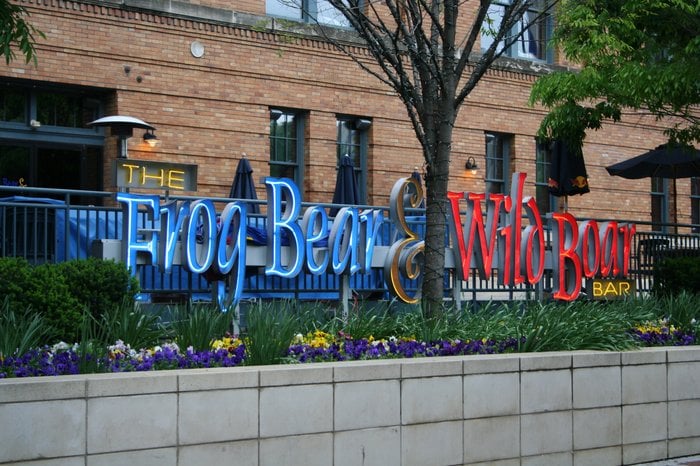
Frog Bear & Wild Boar is a vibrant and dynamic establishment located at 343 N Front St. in the heart of the Arena District in Columbus, OH. Our story began with a passion for creating an inviting and lively environment where friends, families, and colleagues can come together to enjoy great food, refreshing drinks, and fantastic entertainment. Founded on the principles of warm hospitality, delicious cuisine, and a commitment to community, Frog Bear & Wild Boar has become a beloved gathering place for locals and visitors alike. Our dedication to delivering exceptional experiences has earned us a reputation for being a go-to destination for memorable outings and special occasions.